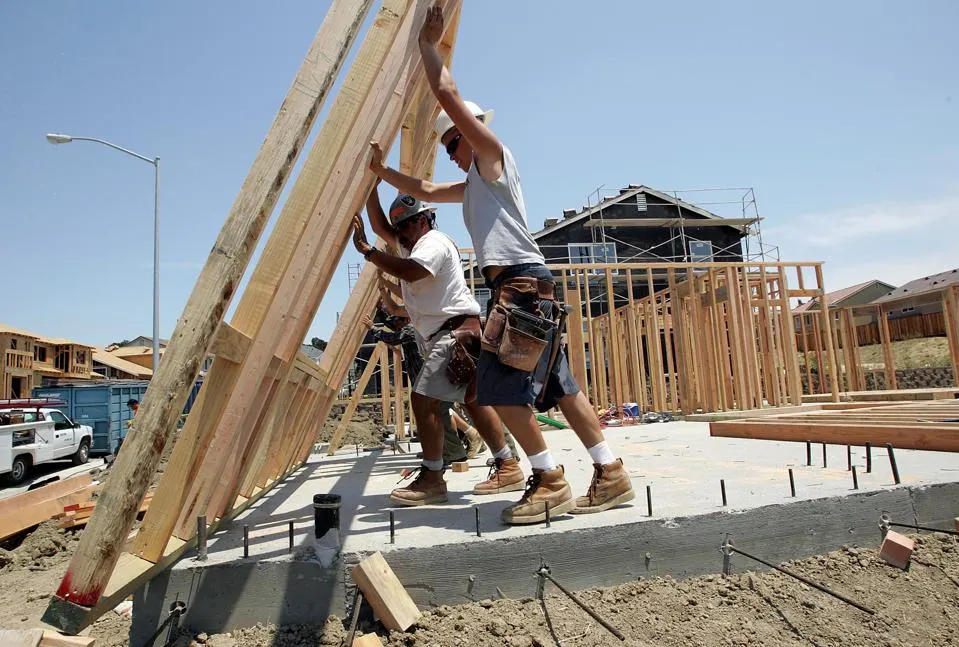Denver’s housing market has been the subject of much fascination among real estate enthusiasts and potential homeowners alike. With its steady growth, an influx of new residents, and a robust local economy, this city has come under the spotlight. Amid this dynamism, one crucial aspect that requires deeper scrutiny is the fluctuation of Home Equity Line of Credit (HELOC) rates. Understanding the changes in HELOC rates in Denver is essential for homeowners planning to leverage their home’s equity.
HELOC rates Denver has seen in recent years have been as volatile as the city’s changing skyline. Broader economic factors, including federal interest rates, inflation, and the health of the national economy primarily influence them. However, local market conditions, like housing demand and supply, average home prices, and the area’s economic health, also play pivotal roles.
A HELOC is a loan that homeowners must obtain to borrow funds by leveraging the equity in their homes. The rates for these loans are typically variable, meaning they can fluctuate over the life of the loan. This fluctuation is linked to a benchmark interest rate, often the prime rate, which the Federal Reserve sets. Therefore, when the Fed changes its policy rates, it directly impacts HELOC rates in Denver and beyond.
The Federal Reserve’s actions have been historically reactionary to economic conditions. During a strong economy, the Fed may raise rates to curb inflation. Conversely, it may lower rates to stimulate spending in an economic downturn. Thus, the national economic climate heavily influences the HELOC rates Denver homeowners experience.
However, Denver’s local housing market conditions also contribute significantly to the fluctuation of HELOC rates. The city’s rapid growth has created a high demand for housing, causing home values to skyrocket. As home values rise, the equity homeowners have in their properties also increases, leading to a higher demand for HELOCs.
Lenders often respond to this increased demand by adjusting their rates. If the demand for HELOCs outpaces the lender’s ability or willingness to lend, they may increase rates to temper demand. On the other hand, if there’s a drop in demand, lenders might lower rates to attract more borrowers. Hence, the dynamics of Denver’s housing market indirectly impact the city’s HELOC rates.
The local economic health of Denver also has implications on HELOC rates. A thriving local economy generally corresponds to lower default rates, making lending less risky for financial institutions. Consequently, lenders may offer lower HELOC rates in a prosperous economic environment, while they might increase rates in times of economic downturn or instability.
Finally, individual factors such as a homeowner’s credit score, loan-to-value ratio, and repayment history can also influence the HELOC rates offered by lenders. Despite the broader market trends, lenders always assess the risk associated with each individual borrower.
In conclusion, understanding the fluctuation of HELOC rates in Denver’s dynamic housing market involves considering a broad spectrum of factors. From the policies of the Federal Reserve to the local housing demand, from the health of Denver’s economy to the individual creditworthiness of homeowners, each aspect contributes uniquely to the ever-changing landscape of HELOC rates Denver experiences. As a potential borrower, staying informed about these influences can help you make savvy financial decisions in this vibrant and evolving market.





